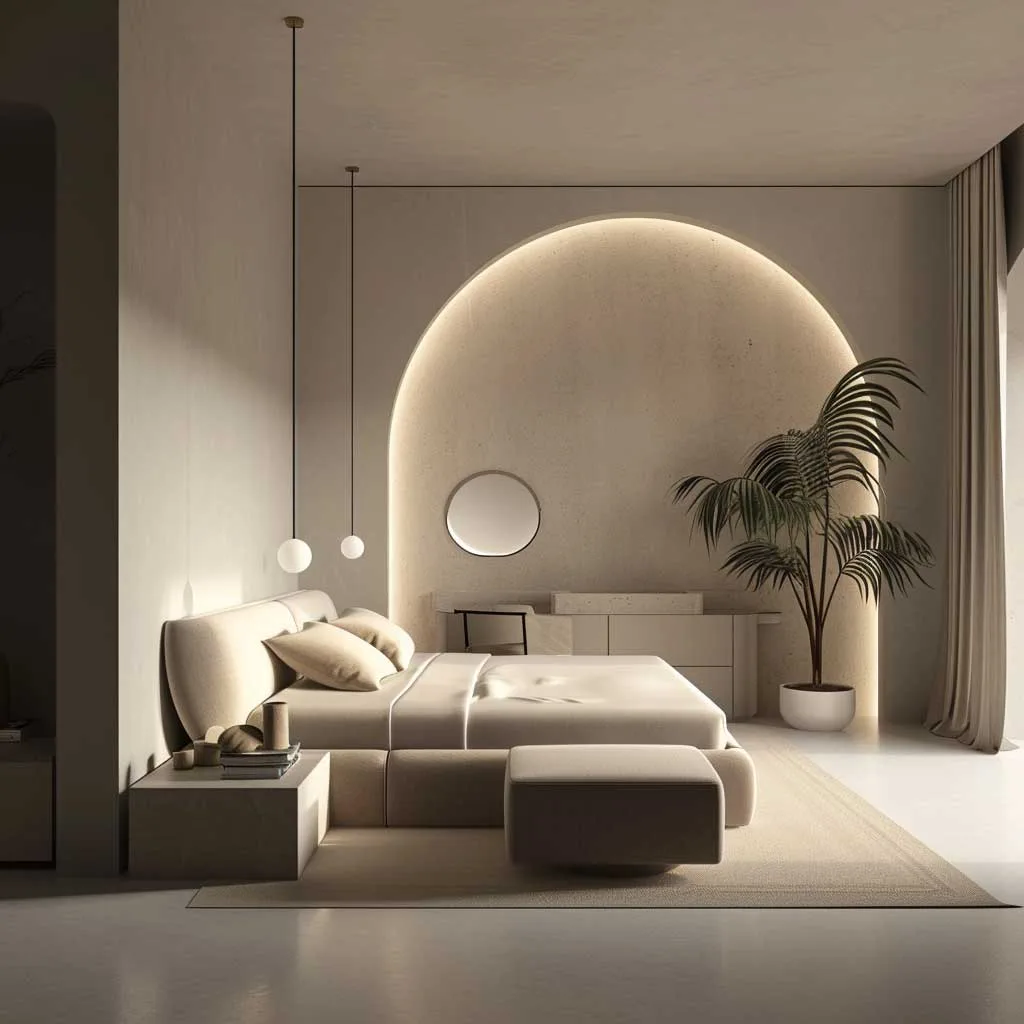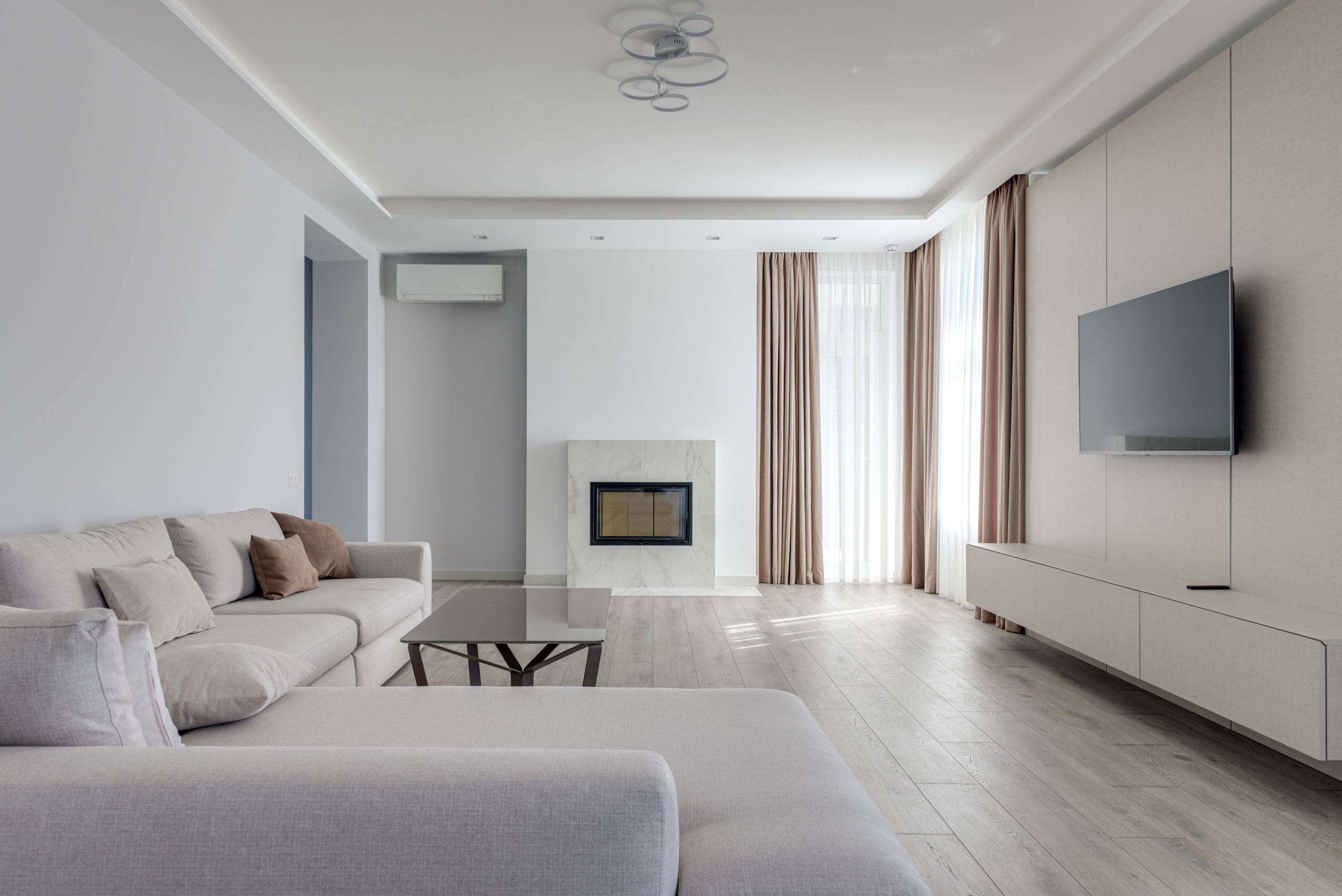Find an expert Architecture Firm for residential and commercial projects.
Find an expert Architecture Firm for residential and commercial projects.
Blog Article
Transform Your Home With Crucial Concepts of Interior Style and Visual Appeals
By comprehending the effect of color theory and the value of appearance and patterns, one can develop rooms that are not only visually attractive however additionally deeply individual. Achieving this equilibrium entails even more than mere decoration; it encompasses a tactical plan and a keen understanding of how each component connects within a room.
Recognizing Shade Theory
Recognizing the concepts of color concept allows designers to create rooms that resonate psychologically with residents while meeting useful needs. Each category plays an important role in developing harmony within an area.
The emotional effect of colors is extensive; warm shades such as reds and oranges evoke power and heat, while amazing tones like blues and greens advertise peace and harmony. The use of complementary shades boosts visual interest, developing striking contrasts that can raise a room's allure.
Neutral colors, on the other hand, serve as a flexible backdrop, permitting various other layout components to beam. It is necessary to think about elements such as lighting and the area's function when choosing a color combination, as these can alter the perception of shades throughout the day.
Inevitably, a well-considered color design can transform an area, promoting a feeling of convenience and design that straightens with the inhabitants' preferences. Proficiency of color concept is, therefore, an important ability for any interior developer intending to develop harmonious and welcoming settings.
Accomplishing Balance in Design
How can developers attain a sense of equilibrium in their spaces? Attaining balance in layout is essential to developing unified insides. Developers can use 3 primary kinds of equilibrium: in proportion, asymmetrical, and radial. Symmetrical equilibrium includes organizing elements uniformly around a central point, fostering a feeling of order and peace. This kind frequently features sets of furniture or artwork, boosting visual stability.
Unbalanced equilibrium, on the other hand, depends on differing elements that still accomplish a natural appearance. This technique enables more vibrant and informal plans, providing passion while maintaining stability. By very carefully choosing varying dimensions, shades, and textures, designers can produce an aesthetically engaging space that really feels well balanced yet energised.
Radial balance stresses a main centerpiece with elements emitting exterior. This style is generally seen in circular layouts, where furniture and style produce a natural surround that attracts the eye internal.
Inevitably, accomplishing equilibrium requires thoughtful factor to consider of range, percentage, and the relationships in between aspects. interior design firms. By skillfully using these equilibrium concepts, developers can change rooms right into atmospheres that really feel both aesthetically pleasing and functionally unified, boosting the general experience for residents
Value of Spatial Recognition

An eager feeling of spatial awareness enables designers to determine prime focus within a room, guiding the customer's focus to key attributes while maintaining an overall sense of unity. It also aids in the strategic placement of lighting, which can significantly affect the understanding of space and state of mind. Additionally, recognizing spatial connections enables the developer to provide to the specific demands of inhabitants, making certain that each area offers its intended objective without endangering aesthetic appeals.
Ultimately, spatial understanding is essential for taking full advantage of the capacity of any kind of interior room. By carefully considering the interplay between measurements, format, and function, designers can produce environments that not just satisfy useful needs yet additionally stimulate a feeling of convenience and charm, improving the total living experience.
Including Texture and Patterns
Embracing a varied series of structures and patterns can considerably enhance the aesthetic and responsive appeal of an indoor area. The critical use various materials-- such as wood, steel, material, and stone-- develops depth and rate of interest, making an area really feel more welcoming and vibrant. For example, combining smooth surfaces with rough textures can develop an equilibrium that draws the eye and involves the senses.
When including patterns, consider both scale and rep. Large patterns can function as focal points, while smaller, refined layouts can complement other aspects without frustrating the room. Layering patterns, such as pairing flower paddings with candy striped throws, includes complexity and a feeling of consistency if carried out thoughtfully.
It is additionally critical to maintain a cohesive shade combination, ensuring that structures and patterns interact instead of contend for focus. By selecting a few vital structures and patterns, you can create a merged aesthetic that shows your individual design while improving the general ambiance of the area. Inevitably, the careful incorporation of these elements can change a mundane space right into a sophisticated environment abundant with personality and heat.
Customizing Your Room
Developing a room that mirrors your personality is essential to accomplishing a genuinely welcoming atmosphere. Customization in indoor style allows you to infuse your unique style and passions internet right into your home, transforming it from a mere shelter right into a refuge that talks to try these out that you are. Begin by picking a shade scheme that resonates with your feelings-- vibrant tones can stimulate, while soft tones supply harmony.
Integrate artwork and decor that reflect your enthusiasms, whether it be traveling, nature, or abstract principles. Presenting individual collections, such as books, photos, or souvenirs, can evoke valued memories and produce prime focus within a space. Furthermore, think about customizing functional items, like upholstered furnishings, to line up with your aesthetic choices.

Final Thought
Finally, the change of a home with the essential principles of indoor layout and visual appeal requires a thorough understanding of shade theory, balance, spatial awareness, structure, and customization. Each component adds significantly to producing a harmonious and practical living setting - our website miami luxury interior design. By attentively incorporating these concepts, people can boost the aesthetic allure and psychological resonance of their spaces, ultimately fostering a home that reflects unique identities while providing comfort and practicality
Report this page